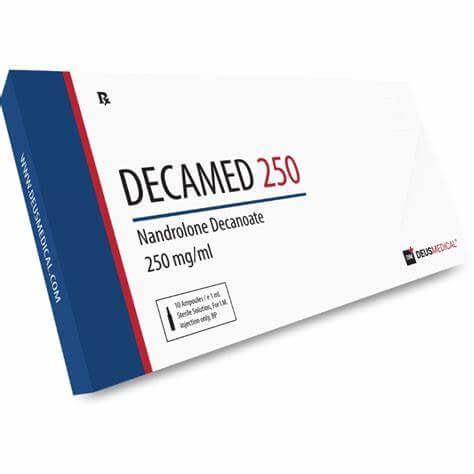You’ll encounter nandrolone in various different forms – all of these forms deliver the same results, but where they differ is the speed at which these results are delivered.
The Various Esters Of Nandrolone
This speed is dictated by something known as an “ester.”

You’ll encounter nandrolone in various different forms – all of these forms deliver the same results, but where they differ is the speed in which these results are delivered.
The Various Esters Of Nandrolone
This speed is dictated by something known as an “ester.”

Ester
An ester is simply a carboxylic acid derivative, and you’ll find them attached to many daily items as a means of determining the manner in which they form. They are included in everything from oils, to fat and even water soluble items. It’s the nature of the esters themselves that creates this difference in constitution between these products.
Fats for instance are “dense” whereas water soluble items are not and can dissolve rapidly when placed into contact with water. When esters are attached to steroids, they affect the constitution of those too.
When the constitution is affected, they will then get absorbed by our body at different rates to one another. The decanoate ester for instance is the longest lasting ester of them all and leads to any product it is attached to having an active life within the body of roughly 14 and up to 21 days. On balance, the base propionate ester leads to a half-life of as little as 24 hours. Whilst they don’t dramatically alter the structure of a steroid, they do alter our “experience” with them.
We’ll now assess the common esters you’ll encounter when looking for nandrolone – this section has been created as much for general information purposes as it has to help those who are asking the question “what is the half-life of deca?”.
These analyses of the various ester types will help to provide a clear answer in regards to this aspect of the product.

Nandrolone Decanoate
Characterised by the inclusion of the decanoate ester, the deca durabolin benefits primarily lie in the less frequent administration required when integrating it into a cycle.
It works incredibly well when integrated into a “slower burning” cycle whereas all of the products being used feature enanthate esters of some kind, thus meaning that all of the included products release into the system at a slower rate when compared to a short ester cycle.
Other than this slow release time and reduction in administration frequency, there is no surplus benefit on offer when using the decanoate variant over the phenylpropionate variant.
Nandrolone PhenylPropionate
Commonly referred to as “NPP” – this was actually the very first commercially available variant of nandrolone. Interestingly, the NPP name and the popular “deca” name (named as such due to the decanoate ester that gives the product its abbreviation) are often used in an entirely separate fashion to the extent that many believe they are two completely different compounds.
This is of course not the case; both variants are nandrolone, they just work their way into the body at different rates. Where the primary difference between the two variants arise is that phenylpropionate has an active life of roughly 4.5 days in the system, and the decanoate ester has an active life of anywhere between 15 – 21 days.
This simply means that the NPP variant needs to be administered more regularly. In conjunction with this, the user is also going to receive a stronger initial “boost” of this product when compared to the decanoate variant.
This means that levels of the steroid will be instantly higher but will “flatten” out faster. As a result, you can actually put either steroid to great effect within slightly different scenarios.

Other Nandrolone Variants
There are several different nandrolone mixes available, all containing a variety of different esters.
Some of the common names for these mixes are:
- Decabolon
- Nandromix
- Dinadrol
- Decamax
Some of the products listed contain a mix of four different ester types (in an almost identical fashion to the testosterone variant sustanon) whereas others simply contain a mix of the phenylpropionate and decanoate ester.
What’s the benefit? Theoretically you’re going to get a fast acting hit of nandrolone as a result of the phenylpropionate ester inclusion followed by a sustained release over the course of your cycle.
In regards to the four ester mixes, the nandrolone release should theoretically at no stage “dip” during your cycle. This is due to the “mid term” esters bridging what could be identified as a gap between the extremely short and extremely long propionate and decanoate esters respectively.
Whilst this “gap” is not bridged with the two ester variant, you’re theoretically going to achieve the same benefit in that you’ll get an immediate and subsequent “drip fed” release.
Whether or not the mid-term esters actually make any kind of noticeable difference in regards to product potency is largely going to be down to the perception of the user.
It’s certainly hard to dismiss the theoretical benefits on offer by either mix, but whilst this is the case; people often get far too over ”hyped” about mixes believing that a combination of several elements will play perfectly with their “more equals more” mentality.
This is almost definitely not going to be the case though; shop for a mix like this based on practicality and the possibility of a minimal increase in sustained product strength as opposed to buying based on the premise that it’ll lead to significantly increased results. Otherwise, you’ll likely face disappointment.


